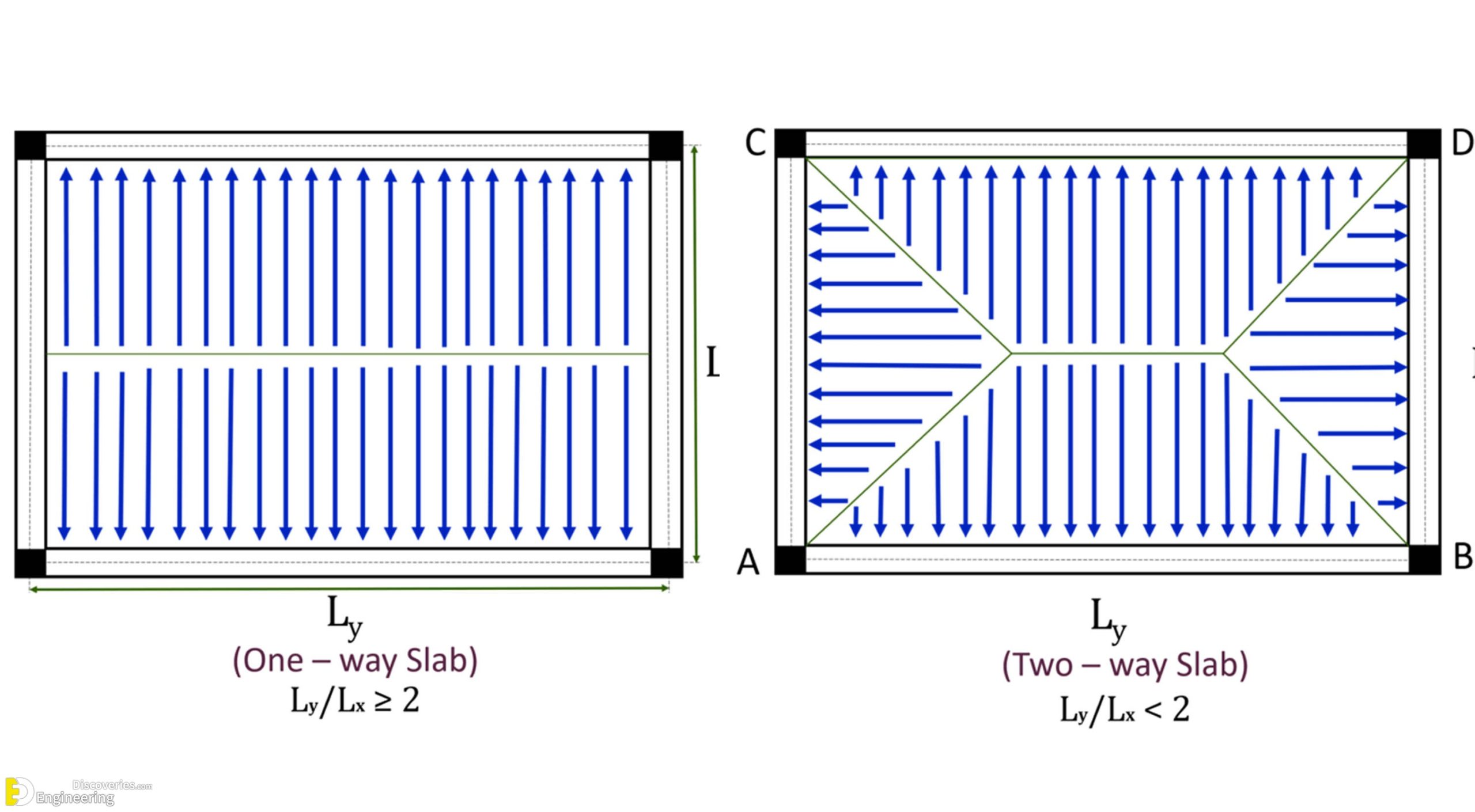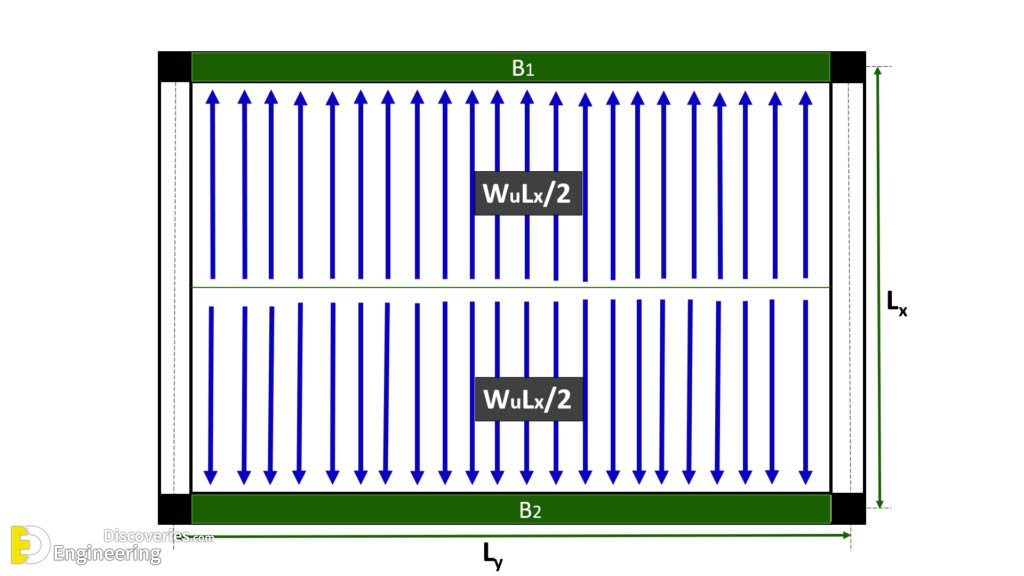Framed Structure:
A framed structure consists of slabs, beams, columns, and foundations that work together to transfer and distribute loads throughout the building. Loads are introduced through gravity, wind, earthquakes, and other external forces, and are transferred through stress and deformation to the foundation and the ground.
















